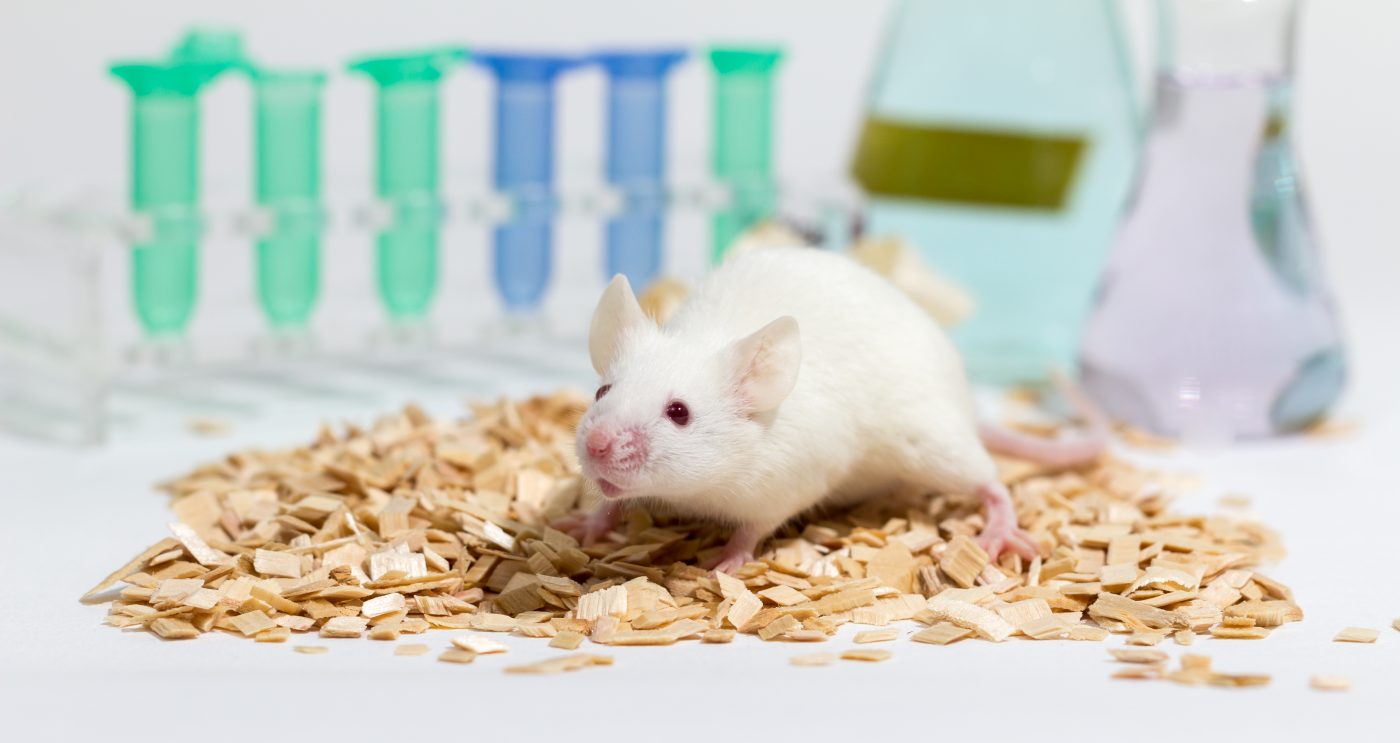PDGFR-β Inhibition Prevents Lung Fibrosis in Mouse Model of PF

Blocking the platelet-derived growth factor receptor-beta (PDGFR-β) prevents lung fibrosis in a mice model of pulmonary fibrosis, a study says.
Based on these observations, scientists believe that PDGFR-β blockade may someday be a viable therapeutic option for patients with idiopathic pulmonary fibrosis (IPF).
The findings of the study, “Blockade of platelet-derived growth factor receptor-β, not receptor-α ameliorates bleomycin-induced pulmonary fibrosis in mice,” were published in the journal PLOS One.
Previous studies with multiple kinase inhibitors targeting the PDGF/PDGFR signaling pathway — including imatinib and nintedanib (marketed as Ofev by Boehringer Ingelheim as an approved IPF treatment) — have highlighted the importance of this pathway in IPF development.
However, it “remains unclear whether the selective inhibition of PDGFR is sufficient to reduce pulmonary fibrosis by targeting a single molecule, and also if PDGFR-α [alpha] or -β is a better target for reducing [fibrosis] in the lungs,” the researchers said.
To clarify the effects mediated by PDGFR-α and PDGFR-β, a team of Japanese researchers tested the effects of two blocking antibodies — one for PDGFR-α called APA5, and another for PDGFR-β called APB5 — in a mouse model of induced pulmonary fibrosis.
To induce pulmonary fibrosis, investigators treated animals with bleomycin (140 mg/kg), a potent anti-cancer drug whose major adverse side effect is the onset of pulmonary fibrosis in human patients. Animals were treated with bleomycin for seven days. Blocking antibodies were administered at a dose of 1 mg every other day from day 0 to day 28.
To assess the effects of APA5 and APB5, scientists evaluated the degree of lung epithelial cells’ damage and the expansion of lung fibroblasts, two hallmarks of pulmonary fibrosis. Fibroblasts are connective tissue cells that produce a protein called collagen; excessive collagen deposition takes part in the fibrotic process.
Findings showed that both APA5 and APB5 antibodies blocked PDGFR-α and -β activation, respectively, in lung fibroblasts cultured in a lab dish, resulting in a decrease in cell proliferation.
Interestingly, treatment with APB5, but not APA5, in animals treated with bleomycin successfully prevented pulmonary fibrosis and excessive fibroblast growth. In addition, only APB5 reduced epithelial cells’ apoptosis (controlled cell death), and increased the amount of alveolar type 2 epithelial cells — cells that promote lung tissue regeneration after an injury.
Late treatment with 1 mg of APB5 every other day from day 15 to 27 also decreased lung fibrosis in pulmonary fibrosis mouse models.
“In summary, PDGFR-α and -β exerted different effects on [bleomycin]-induced pulmonary fibrosis in mice. In fibrotic lungs, PDGFR-β-dependent pathways appear to more strongly contribute to the progression of pulmonary fibrosis than those of PDGFR-α, and the specific inhibition of PDGFR-β, but not PDGFR-α, effectively inhibits pulmonary fibrosis,” the researchers said.
“Therefore, the anti-PDGFR-β antibody may be a useful therapeutic modality without lung toxicity for patients with IPF,” the team concluded.







